How to Reduce Shopping Cart Abandonment on Your Ecommerce Site
23/11/16
4'
Buying behaviour is constantly changing, and consumers are becoming increasingly indecisive. They surf your site, select items, fill their cart, and then leave without buying anything.
Shopping cart abandonment in numbers
Shopping cart abandonment affects many online retailers, and varies according to the time of year and current events. An infographic from Ecommerce Insights last year show us that, in 2015, 75% of online shoppers abandoned their shopping carts before making a purchase, and 90% of leads go cold after an hour.
And this isn’t just a desktop problem. According to Ecommerce News, 55% of smartphone users in the UK abandon their mobile transactions, with 1 in 3 of them not attempting the transaction again.
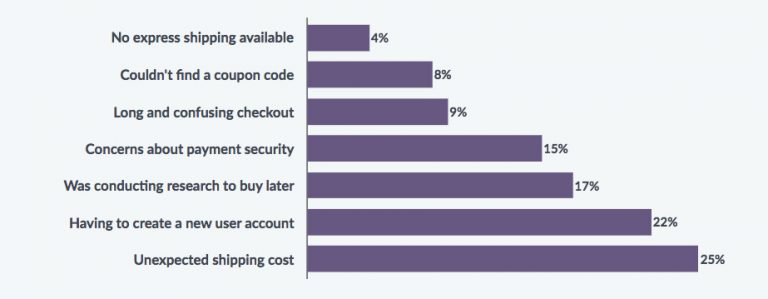
There are many different reasons for shopping cart abandonment. According to an infographic from VWO, (pictured above) 25% of shoppers abandon their carts due to unexpected shipping cost. A good way to reduce your dropout rate, and prevent shoppers from leaving your store without finalising their order, is to set up re-engagement strategies. These will enhance the shopping experience and encourage your customers to continue shopping and/or return to your e-commerce site.
How do I re-engage my customers?
1. Make the ‘create an account’ step optional
Filling out the form, creating a password to remember, and validating your account by clicking on a link sent in an email are long and tedious steps. Plus, one in five internet users are reluctant to give out their personal information. Creating a user account to place an order can therefore discourage customers from ordering.
Another easy way to avoid people leaving your site at this stage is to use a “social connect” button. With this, the user can login with one click via their Facebook, Google, or Twitter account, which means the username, the email, and the password are already accounted for. This trick also simplifies the process for future logins. You can also offer an option to login as a guest, as John Lewis and New Look do.
A study carried out by User Interface Engineering in 2015 showed that getting rid of the compulsory account creation phase increased the conversion rate of certain online stores by 45%.
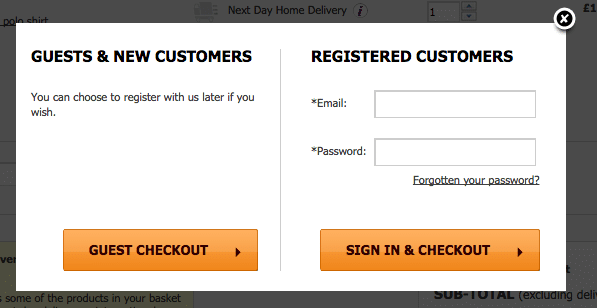
2. Reassure customers about your returns policy
The fact that it’s impossible to see, touch, or try on products is one of the main obstacles in online shopping, and this lack of physical contact can make customers reluctant to order. In order to reassure them and encourage them to buy, it is essential to provide them with all the necessary returns information. Focus on a clear and precise description, and make sure that your returns policy is as simple as possible: a customer that’s told they can return their product easily will be more keen to order. Also, it’s good to offer a variety of returns methods. 58% of shoppers want a “hassle-free, no questions asked” returns policy. Asos is a good example of this – they offer a variety of different methods of returning your item, and all of them for free.
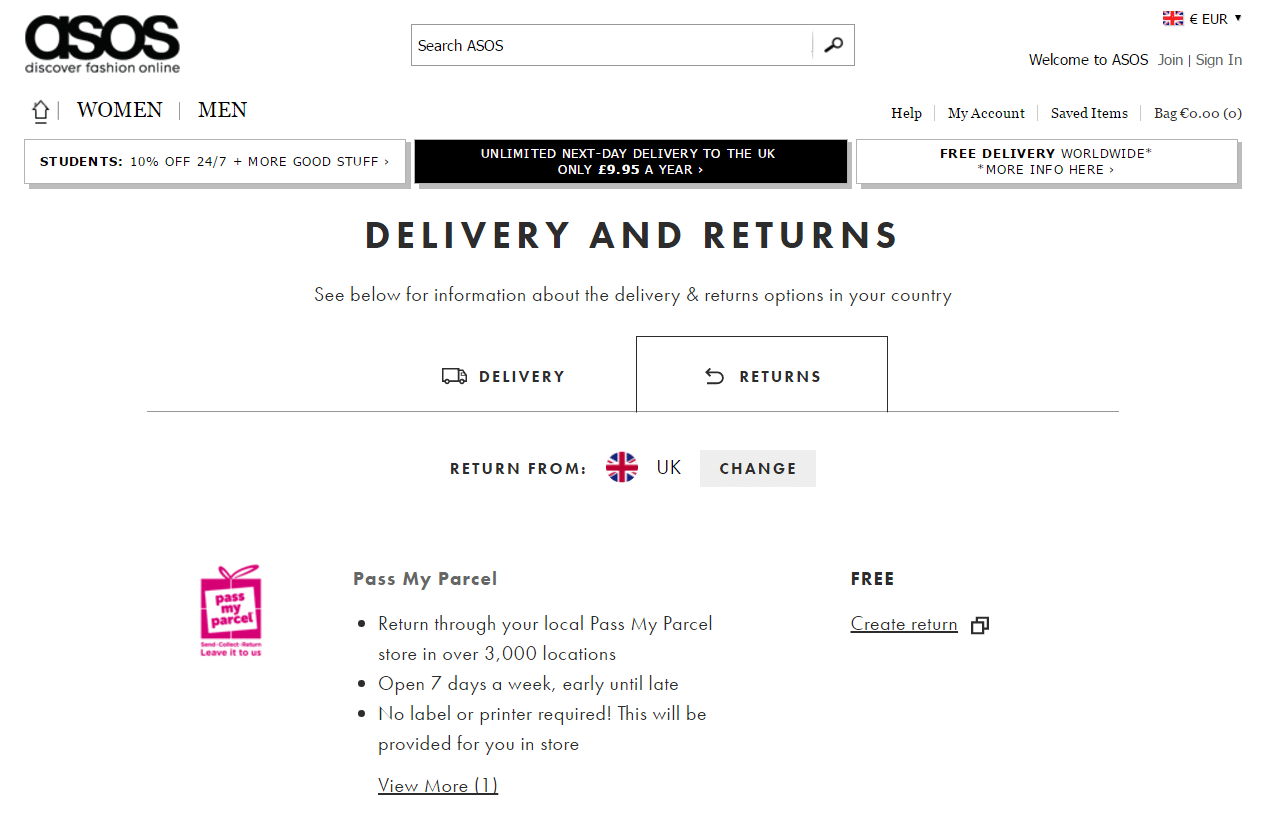
3. Offer discounts on delivery
According to a study by RealBusiness, 66% of UK consumers have bought goods from one retailer in preference to another because the delivery options were more appealing and 49% said they’d be happy to pay more for a better delivery option. To reduce abandonment rate, offer delivery costs from a certain amount, or at a discount, or even free, with solutions such as pick-up points or click and collect, which is very popular in the UK – 47% of shoppers said this was their preferred method.
To find out more about delivery methods, download our dedicated guide!
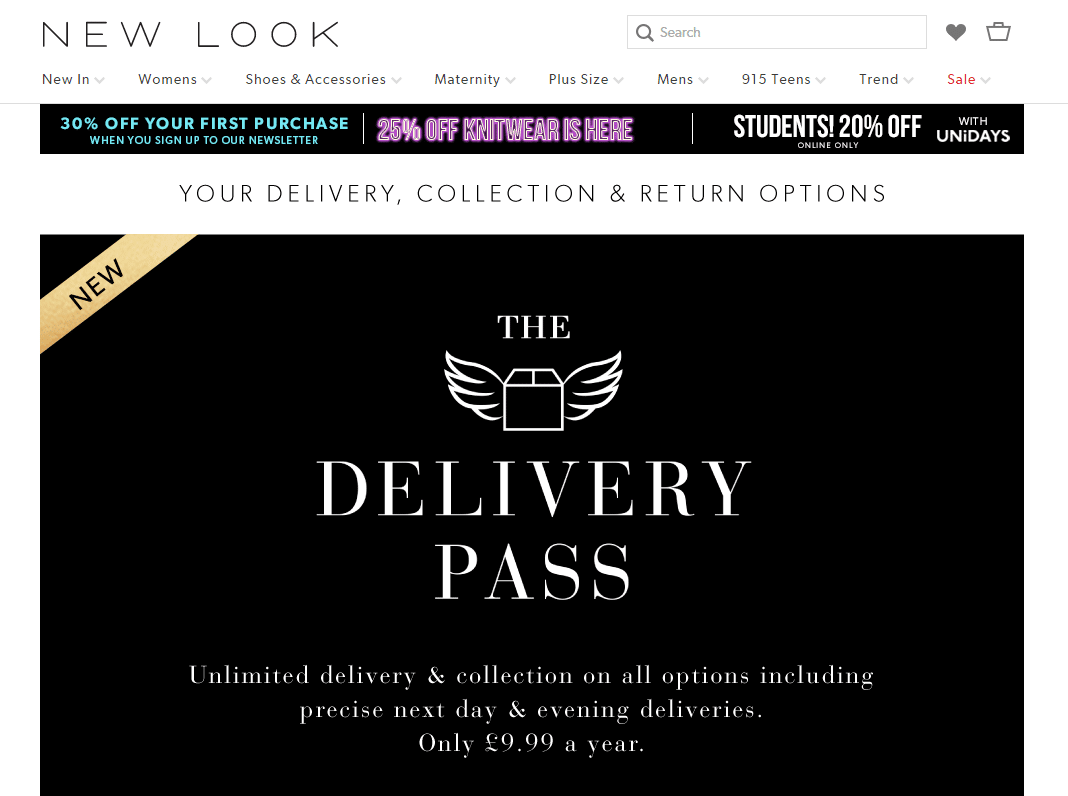
4. Make their search as easy as possible
If, during their visit to your site, the shopper does not find what they want, they may abandon their basket to see if the product is available elsewhere. It’s essential, therefore, to make the search process as simple as possible. Make sure your shop has a search bar, organised by product category. Also, processing the consumer browsing history is also a good way to show the right product at the right time. By including a heading that reads “your recently viewed items”, you make it easy for the shopper to return in one click to a product page that they’ve considered before. By analysing the browsing history, you can also set up a personalised recommendation system. By offering products that match the profile of your customers, you can show them products they would love, and encourage them to buy.
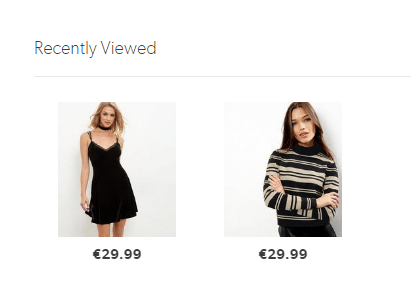
5. Grab their attention
To prevent your customers from leaving your site without buying, you can also use an onsite remarketing strategy. A behavioural marketing technique, this allows you to identify a customer who is about to abandon their basket. Once identified, you are then able to capture their attention by sending messages that will spark their interest (e.g promo codes, free shipping, etc.) via a pop-up. The right message at the right time will keep the customer shopping. If they’re feeling indecisive, promotional codes encourage them to complete their purchase 48% of the time. Sending emails is also a good way to re-engage your customer once they have left your shop.
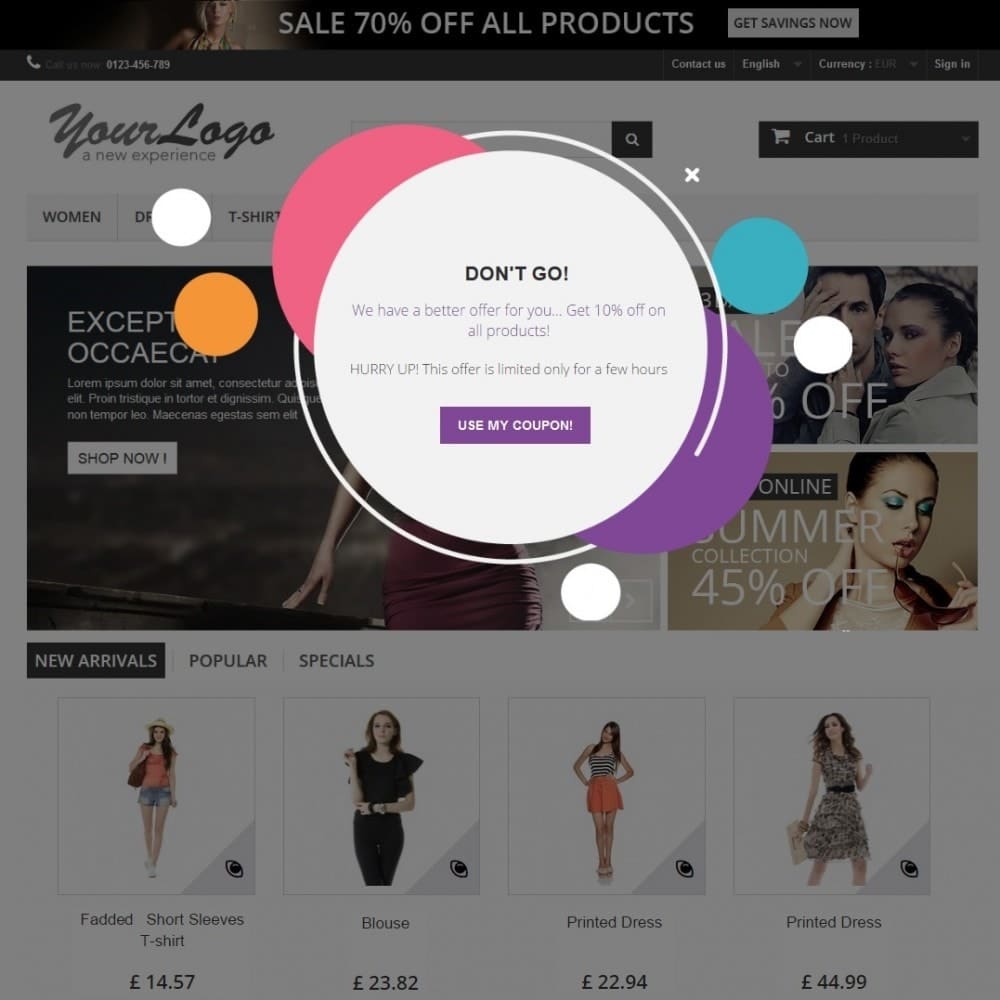
Your e-commerce library
Sign up for our newsletter
By submitting this form you authorize Lengow to process your data for the purpose of sending you Lengow newsletters . You have the right to access, rectify and delete this data, to oppose its processing, to limit its use, to render it portable and to define the guidelines relating to its fate in the event of death. You can exercise these rights at any time by writing to dpo@lengow.com

Trending Posts
Marketing channels
ChatGPT Ads and advertising on GenAI Search Engines: what you need to know
Advertising on generative AI-based search engines (GenAI) marks a new era in digital marketing. After two decades dominated by traditional…
22/05/25
6'
Marketing channels
Reddit and Social Commerce: When Users Take Back Control
Before buying anything, we compare. We hesitate. And more and more often, we end up typing the product name followed…
30/06/25
8'
Marketing channels
How to Sell on TikTok in 2025: The Ultimate Guide to Success
To sell or not to sell on TikTok? That remains a question many brands ask themselves. But here’s what you…
03/02/25
7'
E-commerce Trends
E-Commerce 2025: The New Rules of Digital Retail
What’s going on in e-commerce? A lot. If 2024 was the year brands got comfortable with marketplaces, AI tools, and…
11/07/25
8'
Marketing channels
Omnichannel Strategy: The Best Examples of Successful Brands
Consumers interact with brands through multiple channels, including online, in-store, and mobile apps. More than 90% of consumers expect a…
04/04/25
5'




